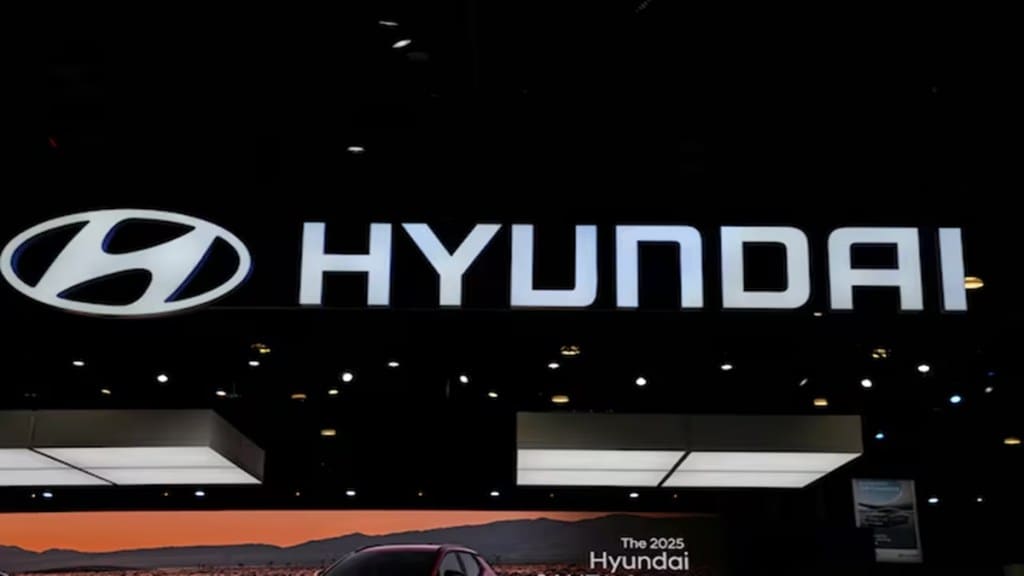In a development that marks a break from nearly two decades of market hierarchy, Hyundai Motor India has lost its long-held number two spot in the passenger vehicle segment. The Korean carmaker, once firmly behind Maruti Suzuki, was pushed to the fourth position in the first half of FY26, trailing both Mahindra and Tata Motors. Hyundai was pushed to the fourth spot also in September dispatches.
Sales data collated by FE shows that in April-September 2025, Hyundai sold 271,780 units, a 9.1% decline from the 299,094 units it managed in the same period last year. The fall allowed Mahindra, riding a 14.4% surge in volumes to 297,570 units, to claim second place. Tata Motors, despite a marginal dip from 277,116 to 273,766 units, held on to the third spot, edging past Hyundai.
The setback is significant because Hyundai has for years been a fixture in the second position, comfortably ahead of rivals, with models like the Creta and Venue driving sales. But analysts say the over-dependence on the Creta is now showing. Of the 51,547 units Hyundai sold in September, 18,861 units, more than a third, came from the Creta. The Venue followed at 11,484 units, while the rest of the line-up, including the i10 Nios, i20, Aura, Exter, Verna, Alcazar, Tucson and Ioniq 5, struggled to keep pace.
Diversified threat: How rivals surpassed Hyundai
Mahindra’s rise, in contrast, has been broad-based. While it lacks a single superstar product, demand has been strong across models such as the XUV 3XO, Thar and Thar Roxx, Scorpio and Scorpio-N, and new electric offerings like the BE 6 and XEV 9e.
Tata Motors, too, has benefited from a diversified approach. The Punch and Nexon continue to dominate the entry-SUV segment, while its multi-powertrain strategy, offering petrol, diesel, CNG and electric options across models, keeps it ahead in flexibility. Tata Motors retains leadership in EVs despite fresh competition from JSW MG Motor’s Windsor, though its larger SUVs, the Harrier and Safari, remain weaker performers compared to Mahindra’s big vehicles.
However, despite slipping in H1, it’s not that Hyundai has lost momentum. Analysts point out that part of its decline is due to inventory corrections and the timing of its product cycles.
Path to recovery: Hyundai’s aggressive product pipeline
The company is preparing to launch the all-new Venue in November, which could provide a sales bump. More importantly, Hyundai has announced an aggressive pipeline of 26 new models by 2030 — 20 ICE cars through new launches, facelifts and full-model changes, and six EVs.
The latest numbers also point to wider churn in the market. Maruti Suzuki, though still the undisputed leader, has seen some contraction. Toyota Kirloskar Motor and Kia India, meanwhile, are gaining ground, intensifying competition in the middle order.


